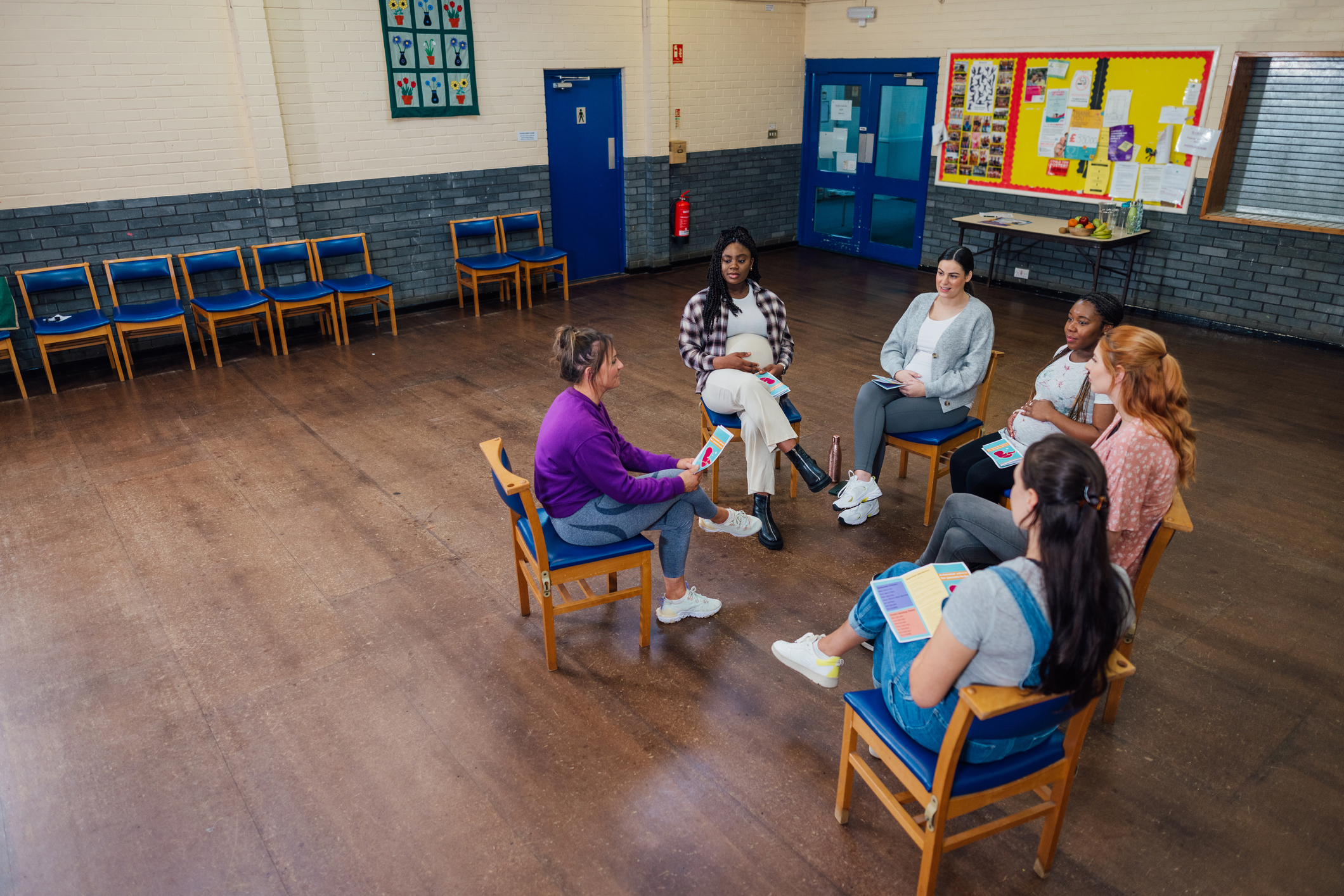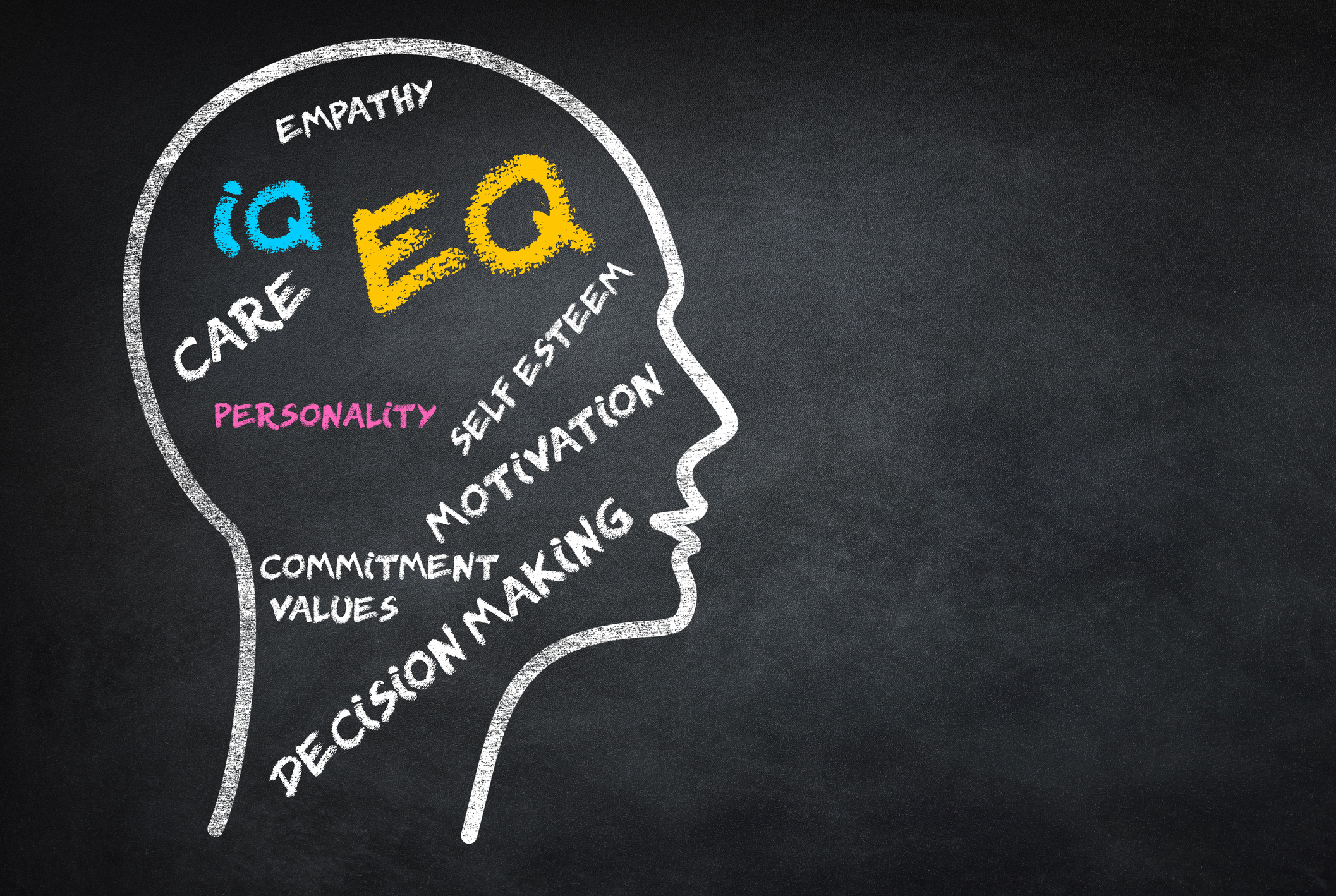In today’s complex and rapidly changing world, the ability to think critically is more important than ever. Critical thinking skills enable individuals to analyse information, evaluate arguments, and make informed decisions. These skills not only benefit individuals in their personal and professional lives, but they also play a crucial role in shaping the future of society as a whole.
In this blog post, we will explore the importance of teaching critical thinking skills and how educators, parents, and society can work together to nurture the next generation of problem solvers. We will delve into various techniques and strategies that can be used to cultivate critical thinking abilities in students, both inside and outside the classroom.
The foundation of critical thinking lies in understanding and evaluating information objectively. We will examine different ways to build this foundation, including incorporating critical thinking skills into everyday lessons and creating an environment that fosters curiosity and questioning.
Moreover, we will explore a range of activities that can enhance critical thinking skills, such as group activities, collaborative learning, and the integration of technology. We will also delve into the use of case studies, debates, and role-playing as effective tools to develop critical thinking abilities.
Assessing and improving critical thinking skills are vital aspects of the educational process. We will discuss methods for measuring progress in critical thinking and address common challenges that may impede students’ development in this area. Additionally, we will explore the importance of continuous improvement and encouragement to ensure students’ ongoing growth in critical thinking.
Lastly, we will highlight the role of parents and society in fostering critical thinking skills. We will provide tips on how parents can encourage critical thinking at home and discuss the influence of media and society on the development of these skills. Furthermore, we will explore strategies for bridging the gap between school-based learning and real-life scenarios, allowing students to apply their critical thinking skills in practical ways.
Join us on this journey as we delve into the world of teaching critical thinking skills and discover how we can collectively nurture the next generation of problem solvers. Together, let’s empower our students to think critically, solve problems, and make a positive impact on the world around them.
Understanding Critical Thinking: Building the Foundation for Problem Solving
Critical thinking is a cognitive process that involves analysing, evaluating, and interpreting information to make reasoned judgments or decisions. It goes beyond simply accepting information at face value and encourages individuals to question assumptions, seek evidence, and consider alternative perspectives. By developing critical thinking skills, students are equipped with the tools to navigate through complex problems and make informed choices.
The Importance of Critical Thinking Skills
Critical thinking skills are essential in today’s information-driven society. In a world where vast amounts of information are readily available, the ability to discern reliable sources, evaluate arguments, and think critically is crucial. These skills enable individuals to make informed decisions, solve problems creatively, and adapt to new situations effectively.
Key Components of Critical Thinking
To understand critical thinking better, it is important to explore its key components:
- Analysis: Critical thinking involves carefully examining and breaking down information into its parts. It requires individuals to identify patterns, relationships, and underlying assumptions.
- Evaluation: Once information is analysed, critical thinkers evaluate its credibility, relevance, and validity. They assess the strengths and weaknesses of arguments or claims and determine their logical coherence.
- Inference: Critical thinkers draw logical conclusions based on the information at hand. They make reasoned judgments and predictions, using evidence to support their claims.
- Reflection: Reflection is an integral part of critical thinking. It involves self-assessment, introspection, and the ability to recognise personal biases or preconceived notions that may influence thinking.
- Problem Solving: Critical thinking skills are closely linked to problem-solving abilities. By analysing information, evaluating options, and considering different perspectives, critical thinkers are better equipped to approach complex problems and find effective solutions.
Benefits of Teaching Critical Thinking Skills
Integrating critical thinking into education has numerous benefits for students:
- Enhanced Decision-Making: Critical thinking equips students with the skills needed to make well-reasoned decisions based on careful analysis and evaluation of information.
- Improved Problem Solving: Critical thinkers are adept at identifying problems, breaking them down into manageable parts, and finding innovative solutions.
- Effective Communication: Critical thinking fosters effective communication skills, enabling students to articulate their thoughts clearly, express their opinions, and engage in meaningful discussions.
- Increased Creativity: By encouraging divergent thinking, critical thinking promotes creative problem-solving approaches and the generation of innovative ideas.
- Empowered Citizenship: Critical thinking empowers individuals to be active and informed citizens, capable of analysing political, social, and economic issues critically.
By understanding the importance of critical thinking and its key components, educators can lay a solid foundation for developing these skills in their students. In the following sections, we will explore different techniques, activities, and strategies to foster critical thinking in the classroom and beyond.
Techniques for Teaching Critical Thinking Skills
Teaching critical thinking skills requires a deliberate and structured approach. Educators can employ various techniques and strategies to effectively nurture these skills in students. In this section, we will explore some of the most effective techniques for teaching critical thinking skills.
Incorporating Critical Thinking Skills in Everyday Lessons
One of the most effective ways to teach critical thinking is by integrating it into everyday lessons across different subjects. By infusing critical thinking skills into the curriculum, students develop the ability to think critically in various contexts. Here are some techniques to incorporate critical thinking skills in everyday lessons:
- Questioning Techniques: Encourage students to ask questions and engage in discussions that promote critical thinking. Use open-ended questions that require analysis, evaluation, and synthesis of information.
- Socratic Dialogue: Employ the Socratic method, a form of questioning that stimulates critical thinking. Ask probing questions to guide students’ thinking and encourage them to analyse and justify their responses.
- Real-World Connections: Help students connect classroom concepts to real-world scenarios. Encourage them to analyze how what they learn applies to their lives and the world around them.
- Problem-Based Learning: Present students with authentic, real-life problems that require critical thinking to solve. Allow them to explore different perspectives, analyse information, and propose thoughtful solutions.
Creating a Conducive Environment for Critical Thinking
The classroom environment plays a crucial role in fostering critical thinking skills. Educators can create an atmosphere that encourages active engagement and critical inquiry. Here are some techniques to create a conducive environment for critical thinking:
- Open and Respectful Discussions: Foster an environment where students feel comfortable expressing their thoughts and opinions. Encourage respectful debates and discussions that challenge ideas and promote critical thinking.
- Diverse Perspectives: Introduce diverse perspectives and viewpoints to encourage critical analysis. Expose students to different cultural, social, and historical perspectives to broaden their understanding and develop critical thinking skills.
- Collaborative Learning: Encourage collaboration among students. Group work and cooperative learning activities provide opportunities for students to engage in critical thinking, share ideas, and learn from one another.
- Safe to Fail: Create an environment where students feel safe to take risks and make mistakes. Emphasise that failure is an opportunity for learning and growth, fostering a growth mindset and encouraging critical thinking.
Encouraging Questioning and Curiosity
Promoting questioning and curiosity is essential for developing critical thinking skills. Students should be encouraged to ask thought-provoking questions and explore topics beyond surface-level understanding. Here are some techniques to encourage questioning and curiosity:
- Questioning Techniques: Teach students different types of questions, such as open-ended, probing, and hypothetical questions. Encourage them to ask questions that seek deeper understanding and challenge assumptions.
- Inquiry-Based Learning: Implement inquiry-based learning approaches, where students explore questions and develop their investigations. This approach fosters curiosity, critical thinking, and problem-solving skills.
- Research and Investigation: Assign research projects that require students to delve into a topic and critically analyse information. Encourage them to seek multiple sources, evaluate credibility, and draw evidence-based conclusions.
- Curiosity Journals: Have students maintain curiosity journals, where they record questions, observations, and thoughts about the topics they are studying. Encourage them to explore these questions further and share their findings.
By incorporating critical thinking skills into everyday lessons, creating a conducive environment, and encouraging questioning and curiosity, educators can effectively teach and nurture critical thinking skills in their students. These techniques lay the foundation for students to become adept problem solvers and informed decision-makers.
Activities to Enhance Critical Thinking Skills
Enhancing critical thinking skills requires engaging students in activities that foster analysis, evaluation, and problem-solving. By providing opportunities for active learning and application of critical thinking, educators can help students develop and refine these essential skills. In this section, we will explore a variety of activities that can enhance critical thinking skills in students.
Group Activities and Collaborative Learning
- Debate and Discussion: Assign students topics that require critical analysis and have them engage in debates or discussions. Encourage them to consider different perspectives, provide evidence to support their arguments, and critically evaluate opposing viewpoints.
- Group Projects: Assign group projects that require students to collaborate, analyse information, and develop creative solutions. Provide opportunities for students to share their perspectives, challenge ideas, and integrate different viewpoints.
- Problem-Solving Scenarios: Present students with real-life or hypothetical problems that require critical thinking to solve. Encourage them to work together in groups, analyse the problem, propose multiple solutions, and evaluate the effectiveness of each approach.
- Case Studies: Use case studies to engage students in critical thinking. Provide them with real or fictional scenarios that require analysis, evaluation, and decision-making. Encourage students to analyse the facts, consider alternative solutions, and justify their chosen course of action.
Making Use of Technology in Teaching Critical Thinking
- Online Research and Evaluation: Assign students research tasks that require them to find and evaluate information from online sources. Teach them how to critically assess the credibility, reliability, and bias of the information they find.
- Digital Storytelling: Engage students in creating digital stories that require critical thinking. Encourage them to analyze the story elements, evaluate different perspectives, and present their narratives coherently and logically.
- Interactive Simulations and Games: Utilise interactive simulations and educational games that require critical thinking skills. These tools provide opportunities for students to make decisions, solve problems, and navigate complex scenarios.
- Data Analysis and Visualisation: Introduce students to data analysis tools and software that allow them to critically analyse and interpret data. Teach them how to identify patterns, draw conclusions, and present their findings visually.
Case Studies, Debates, and Role-playing
- Case Studies: Present students with real-life or fictional case studies that require critical analysis. Guide them through the process of identifying key issues, evaluating evidence, and proposing effective solutions.
- Debates: Organise debates where students can critically analyse arguments, evaluate evidence, and develop persuasive communication skills. Encourage them to research, construct logical arguments, and engage in respectful discourse.
- Role-playing: Engage students in role-playing activities that require critical thinking. Assign them different roles, perspectives, or historical characters and have them analyse situations, make decisions, and justify their actions.
- Ethical Dilemmas: Present students with ethical dilemmas that require critical thinking and moral reasoning. Encourage them to analyse the implications, consider different ethical frameworks, and make informed decisions.
By incorporating group activities, collaborative learning, technology integration, and engaging students in case studies, debates, and role-playing, educators can provide meaningful experiences that enhance critical thinking skills. These activities promote active learning, problem-solving, and the application of critical thinking in various contexts.
Assessing and Improving Critical Thinking Skills
Assessing and improving critical thinking skills are essential components of the educational process. Educators need to have tools and strategies to measure students’ progress in critical thinking and to identify areas for improvement. In this section, we will explore methods for assessing critical thinking skills, strategies for overcoming challenges, and approaches to continuously improve students’ critical thinking abilities.
How to Measure Progress in Critical Thinking Skills
- Rubrics and Criteria: Develop rubrics and evaluation criteria that clearly define the components of critical thinking skills. Use these tools to assess students’ ability to analyse, evaluate, and synthesise information, as well as their problem-solving and decision-making skills.
- Performance Tasks: Design performance tasks that require students to apply critical thinking skills in real or simulated scenarios. These tasks can include written essays, presentations, projects, or problem-solving activities that assess students’ ability to think critically.
- Questioning and Discussion: Incorporate questioning and class discussions as formative assessment tools. Use probing questions to assess students’ ability to analyse information, evaluate arguments, and justify their reasoning.
- Portfolio Assessment: Implement portfolio assessments where students compile evidence of their critical thinking skills over time. This can include samples of their work, reflections, and self-assessments that demonstrate growth and development in critical thinking.
Identifying and Overcoming Challenges in Critical Thinking
- Biases and Assumptions: Help students recognise their own biases and assumptions that may hinder critical thinking. Teach them to approach information objectively and consider alternative viewpoints.
- Lack of Information Literacy: Address the lack of information literacy skills by teaching students how to find, evaluate, and use credible sources of information. Teach them to critically analyse sources for reliability, bias, and relevance.
- Fear of Failure: Create a supportive environment where students feel safe to take risks and make mistakes. Encourage a growth mindset, emphasizing that failure is an opportunity for learning and growth.
- Limited Exposure to Diverse Perspectives: Provide opportunities for students to explore diverse perspectives through literature, guest speakers, and exposure to different cultures and viewpoints. Please encourage them to critically analyse and evaluate these perspectives.
Continuous Improvement and Encouragement
- Reflection and Metacognition: Incorporate reflection and metacognitive activities that encourage students to think about their thinking. Encourage them to reflect on their critical thinking processes, identify areas for improvement, and set goals to enhance their skills.
- Feedback and Guidance: Provide timely and constructive feedback to students on their critical thinking abilities. Offer specific suggestions for improvement and guide them towards resources or strategies that can help them further develop their skills.
- Integration of Critical Thinking Across Subjects: Collaborate with other educators to integrate critical thinking skills across various subjects. Reinforce the importance of critical thinking in different contexts, allowing students to apply their skills across disciplines.
- Modelling Critical Thinking: Model critical thinking skills in the classroom by thinking aloud, demonstrating analysis and evaluation processes, and engaging students in discussions that promote critical thinking. Modelling provides students with examples to emulate and helps them understand the thinking processes involved.
By implementing various assessment methods, addressing challenges, and fostering continuous improvement and encouragement, educators can support students in developing and enhancing their critical thinking skills. These strategies ensure that critical thinking becomes an integral part of student’s learning journey, preparing them to become effective problem solvers and lifelong learners.
The Role of Parents and Society in Fostering Critical Thinking Skills
The role of parents and society in fostering critical thinking skills is crucial in shaping the next generation of problem solvers. While educators play a significant role in teaching and developing these skills, the support and reinforcement provided by parents and society greatly contribute to a child’s overall growth as a critical thinker. In this section, we will explore the role of parents and society and discuss strategies to nurture critical thinking skills beyond the confines of the classroom.
Encouraging Critical Thinking at Home
- Promote Questioning and Curiosity: Encourage children to ask questions and explore their curiosity. Create an environment where they feel comfortable challenging assumptions, seeking information, and engaging in discussions that stimulate critical thinking.
- Foster a Growth Mindset: Teach children that intelligence and abilities can be developed through effort and practice. Encourage them to embrace challenges, persevere through obstacles, and view mistakes as opportunities for learning and growth.
- Engage in Meaningful Conversations: Have discussions with children that encourage critical thinking. Ask open-ended questions, listen actively, and provide opportunities for them to express their thoughts and opinions.
- Provide Access to Diverse Resources: Offer a variety of books, articles, documentaries, and other media that expose children to different perspectives, cultures, and ideas. Please encourage them to critically analyse and evaluate these resources.
The Influence of Media and Society on Critical Thinking
- Media Literacy Skills: Teach children to critically evaluate media messages, including advertisements, news articles, and social media content. Help them identify bias, misinformation, and persuasive techniques, fostering healthy scepticism and analytical thinking.
- Encourage Discerning Consumption: Encourage children to be selective in their media consumption. Teach them to seek out reliable sources, fact-check information, and be mindful of the potential impact of media on their perceptions and critical thinking.
- Expose Children to Diverse Perspectives: Openly discuss societal issues and encourage children to consider multiple viewpoints. Expose them to different cultures, traditions, and experiences to broaden their understanding and cultivate empathy.
- Critical Analysis of Social Issues: Engage children in conversations about social issues, encouraging them to think critically about the causes, consequences, and potential solutions. Inspire them to participate in efforts to address social challenges actively.
Bridging the Gap between School and Real-Life Scenarios
- Encourage Real-World Problem-solving: Provide opportunities for children to apply critical thinking skills to real-life scenarios. Involve them in problem-solving activities at home, such as planning family activities, budgeting, or finding solutions to everyday challenges.
- Community Involvement: Encourage children to engage with their communities and participate in volunteer work or civic initiatives. These experiences expose them to real-world challenges and encourage critical thinking in addressing social issues.
- Model Critical Thinking Skills: Parents and adults in society should model critical thinking skills in their decision-making processes. By exemplifying thoughtful analysis, evaluation, and problem-solving, they inspire children to develop and apply critical thinking in their own lives.
- Collaboration with Educators: Communicate and collaborate with educators to reinforce critical thinking skills taught in the classroom. Support their efforts by providing additional resources, engaging in discussions, and fostering a partnership focused on enhancing critical thinking skills.
By actively involving parents and society in fostering critical thinking skills, children receive consistent support and reinforcement outside of the classroom. The collective effort of educators, parents, and society shapes the development of well-rounded individuals capable of approaching challenges with critical thinking, creativity, and problem-solving skills. Together, we can nurture the next generation of critical thinkers and empower them to make a positive impact on the world.
Related posts:
 Empowering Students’ Voices: Promoting Agency and Resilience in Trauma-Informed Classrooms
Empowering Students’ Voices: Promoting Agency and Resilience in Trauma-Informed Classrooms
 Addressing Behaviour through a Trauma-Informed Lens: Strategies for Cultivating Positive Classroom Culture
Addressing Behaviour through a Trauma-Informed Lens: Strategies for Cultivating Positive Classroom Culture
 The Impact of Trauma on Learning: Creating Trauma-Sensitive Classroom Environments
The Impact of Trauma on Learning: Creating Trauma-Sensitive Classroom Environments
 Supporting Emotional Regulation: Tools and Techniques for Trauma-Informed Teaching
Supporting Emotional Regulation: Tools and Techniques for Trauma-Informed Teaching




